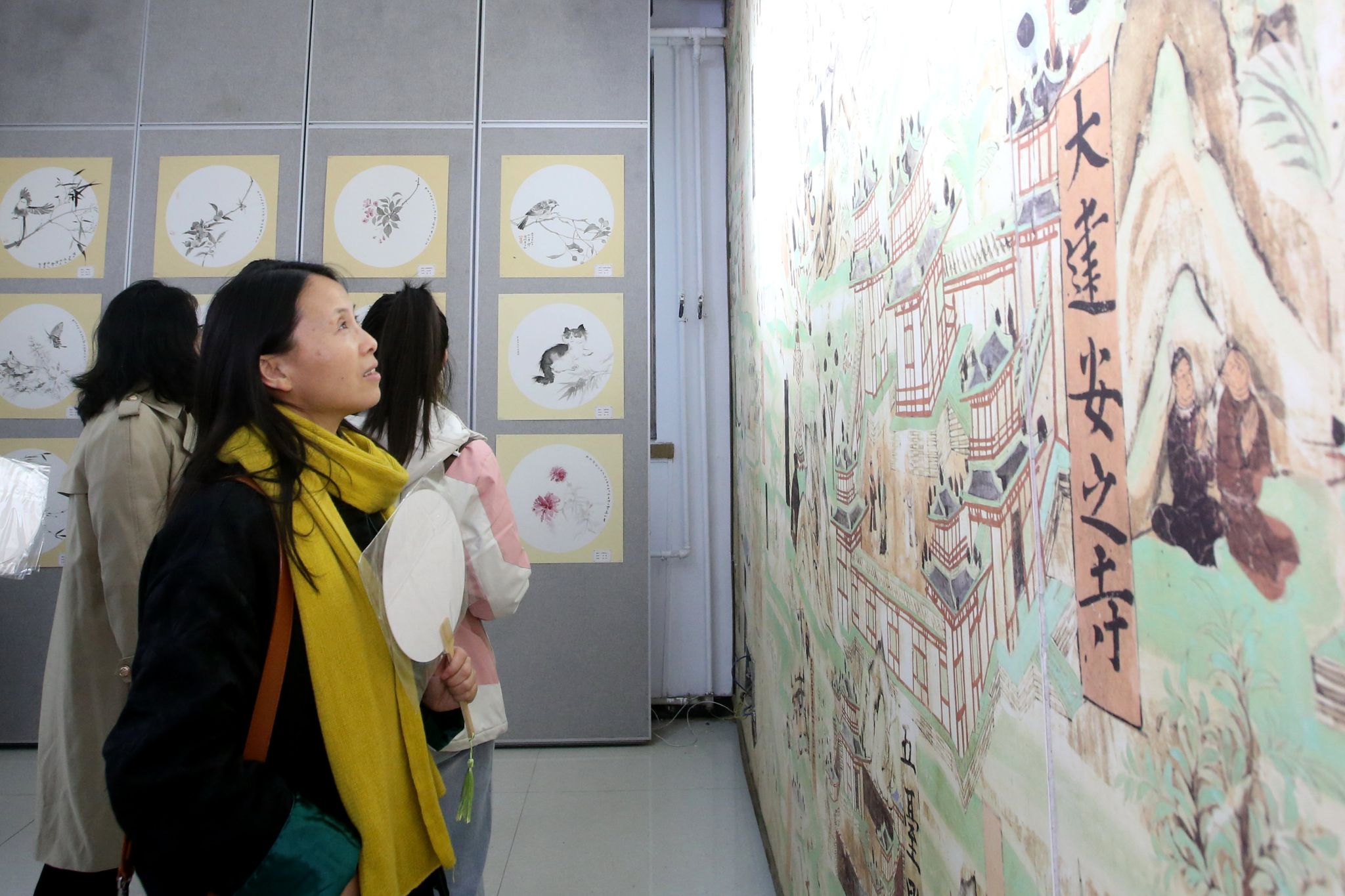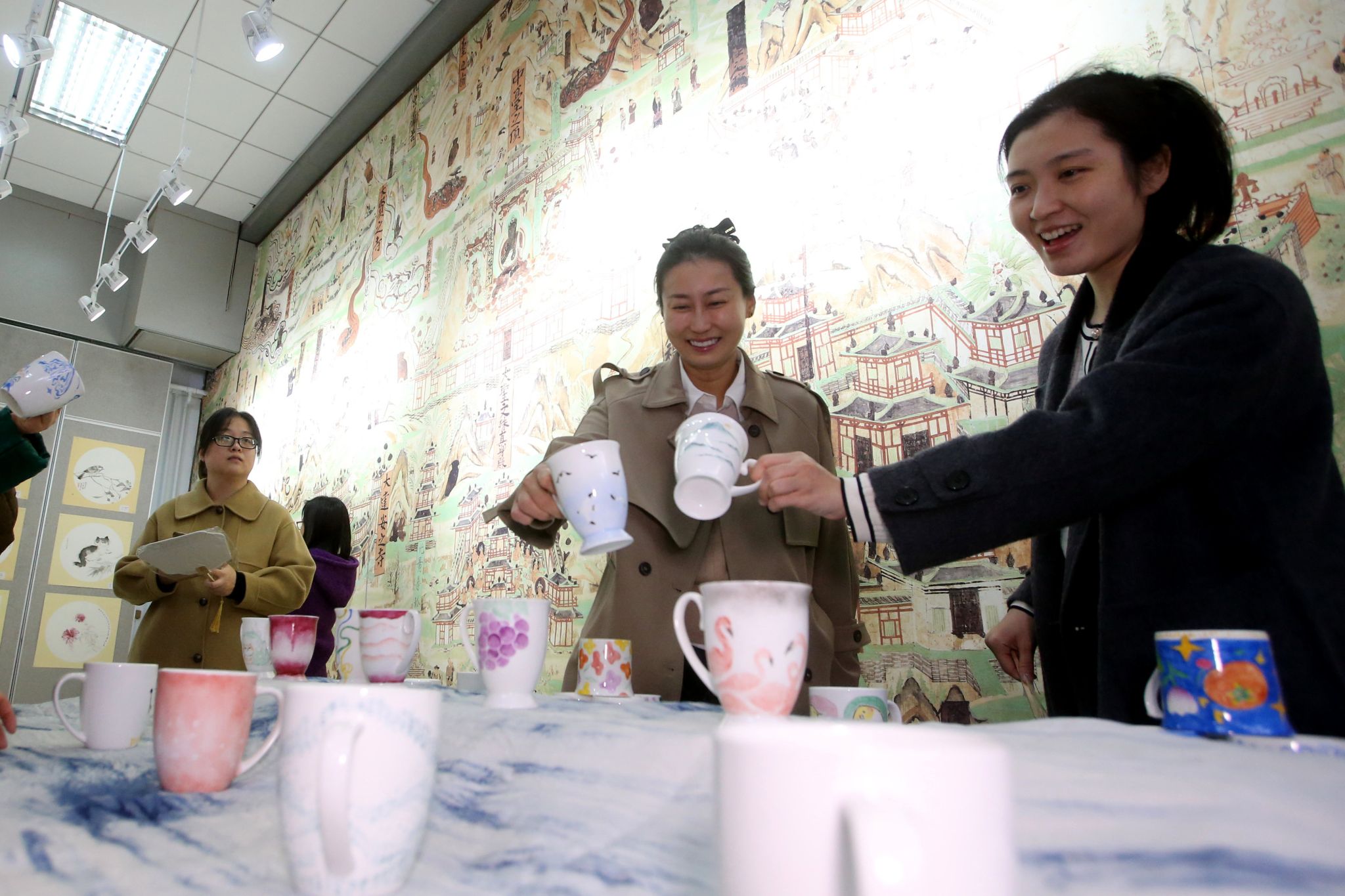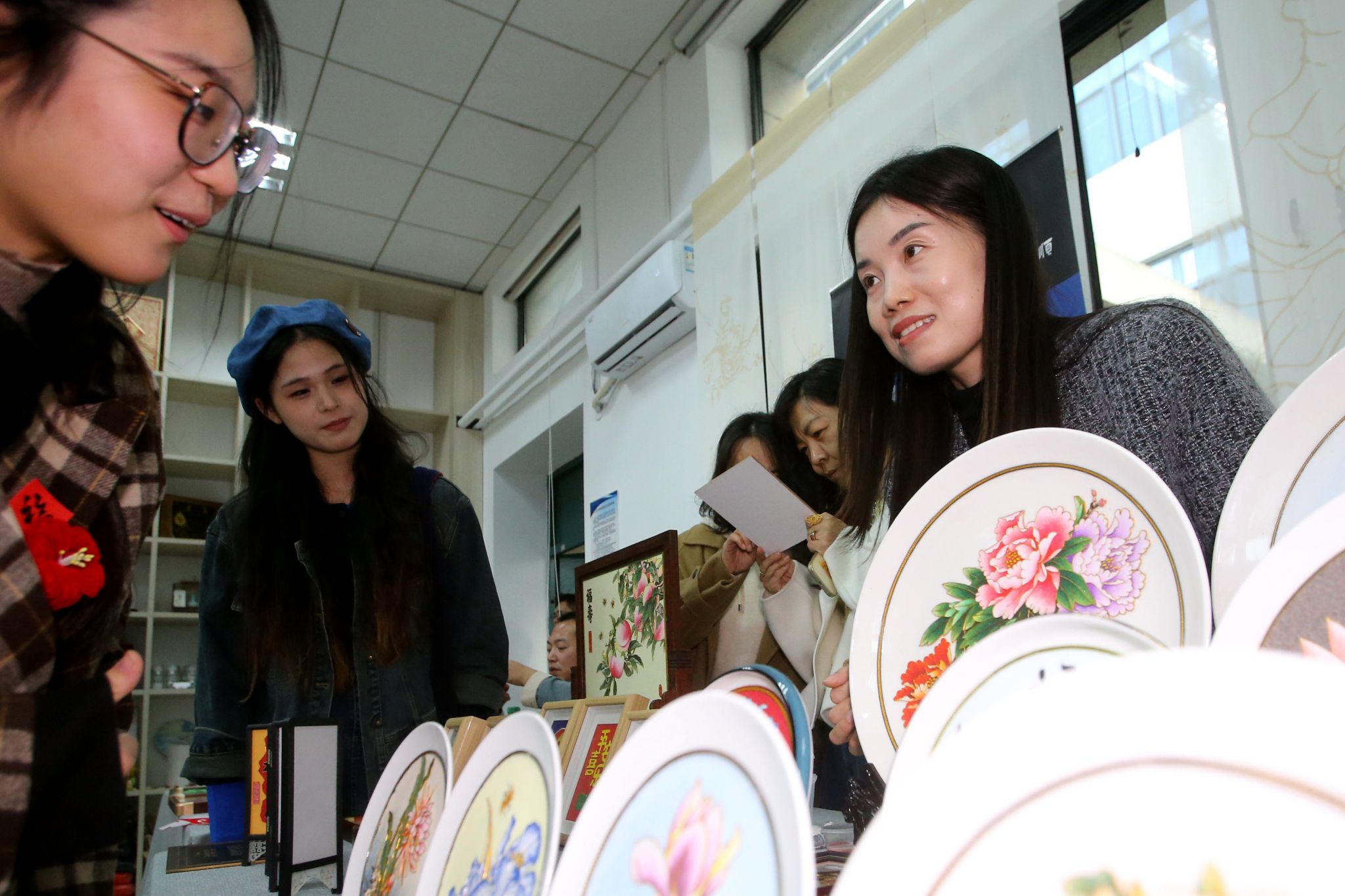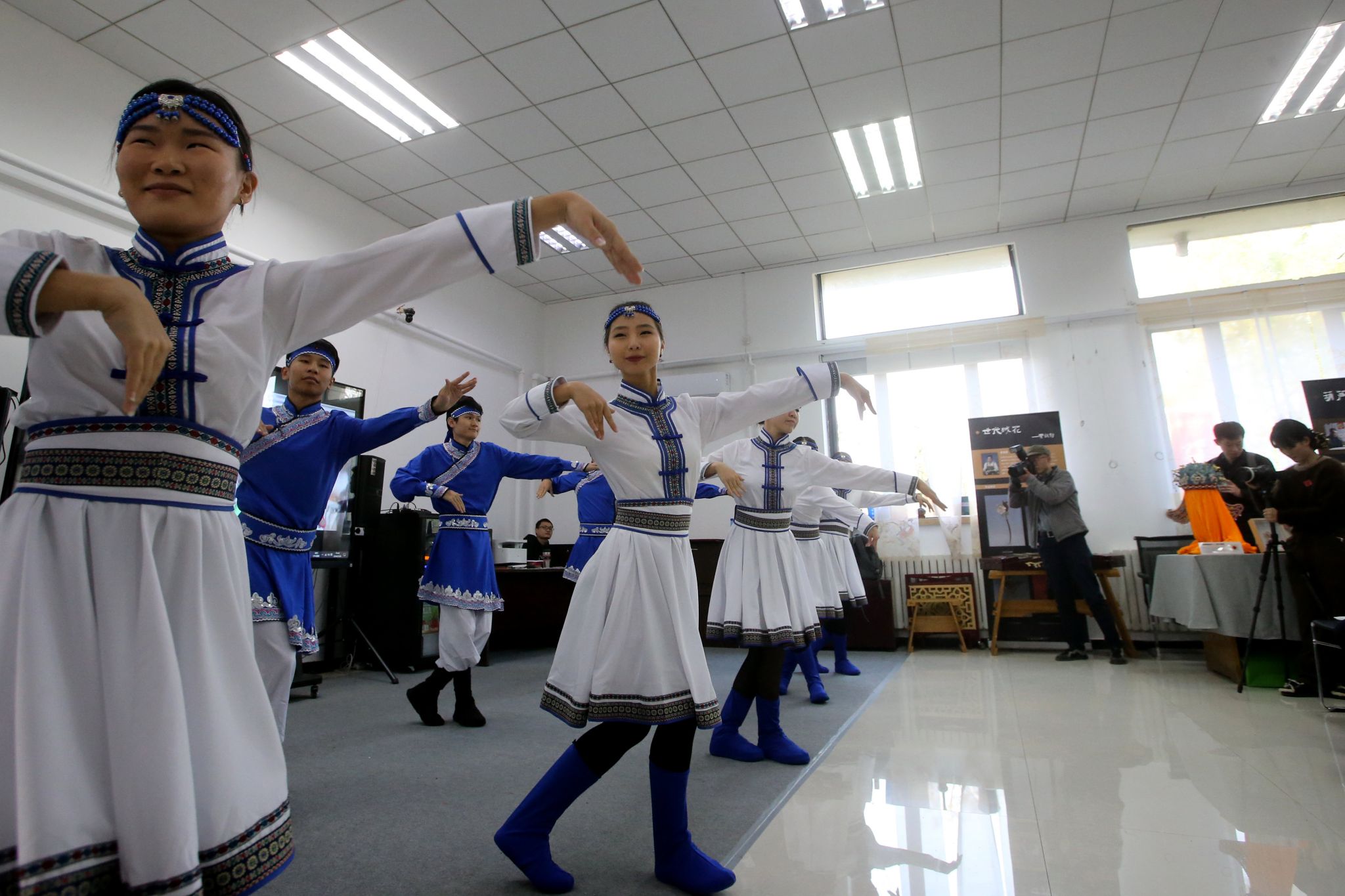Can engineering students become artists? Can course assignments transform into an art festival? How did a general education course turn into a carnival? On November 8, Tianjin University's School of Humanities and Arts launched its first Folk Art Festival, featuring student works from the "Art + Cultural Heritage" course cluster. The week-long event united TJU faculty, students, cultural scholars, and folk artists to celebrate Chinese traditional culture.

The exhibition showcased hundreds of works. Undergraduate students from various disciplines presented final projects on cultural heritage preservation and local folk traditions from their hometowns. Notable projects included "Heritage Through Education: Research and Curriculum Design for Intangible Cultural Heritage in Schools Under the Double Reduction Policy," "Sustaining Century-old Rhythms: Revival of Dongyu Ceremonial Drums," and "The Power of Cultural Creation: Inheritance and Transformation of Yangliuqing Woodblock New Year Prints." The exhibition also featured traditional Chinese painting, ceramics, and tie-dye works from students in engineering and medical programs, including the majors of Precision Instruments, Medicine, Automation, and Microelectronics.

Since 2022, the School of Humanities and Arts has developed a series of "Art + Cultural Heritage" courses, comprising nearly 50 courses such as "Hometown Folklore Studies," "Chinese Civilization from the Field," and "Understanding Dunhuang." To date, 3,000 TJU students have enrolled. Chen Hejia, a architecture undergraduate, presented the project on Dongyu ceremonial drums. "This project reflects our generation's curiosity for diverse local traditions amid homogenized culture. This course helps us find cultural confidence and preserve cultural diversity," Chen explained.

At the opening ceremony, Professor Cao Tiewa highlighted the "Art + Cultural Heritage" curriculum's impact, now reaching all university departments with 3,139 students enrolled and 3,000 participating in practical activities. Scholars like Qi Jue, Chen Weiming, and Ma Zhiyao engaged with students on cultural heritage and education.

A festival highlight was the folk art experience section, where international and domestic students enjoyed Mongolian dance, classical guqin recitals, and traditional opera. Master artisans demonstrated crafts including paper-cutting, velvet flower making, filigree sand art, stone paper tearing, and egg painting.
"Through our general education courses, students develop national pride and patriotism while studying traditional arts and cultural theory," said Lv Jing, Party Secretary of the School. "Our extracurricular activities strengthen cultural awareness and confidence, fostering traits that pursue truth, beauty, progress, and virtue." She added that the school plans to expand its humanities and arts curriculum to cultivate cultural literacy across all disciplines, enabling students to contribute to China's cultural development and enhance quality of life in their future careers.
By: Zou Yingying
Editor: Qin Mian






